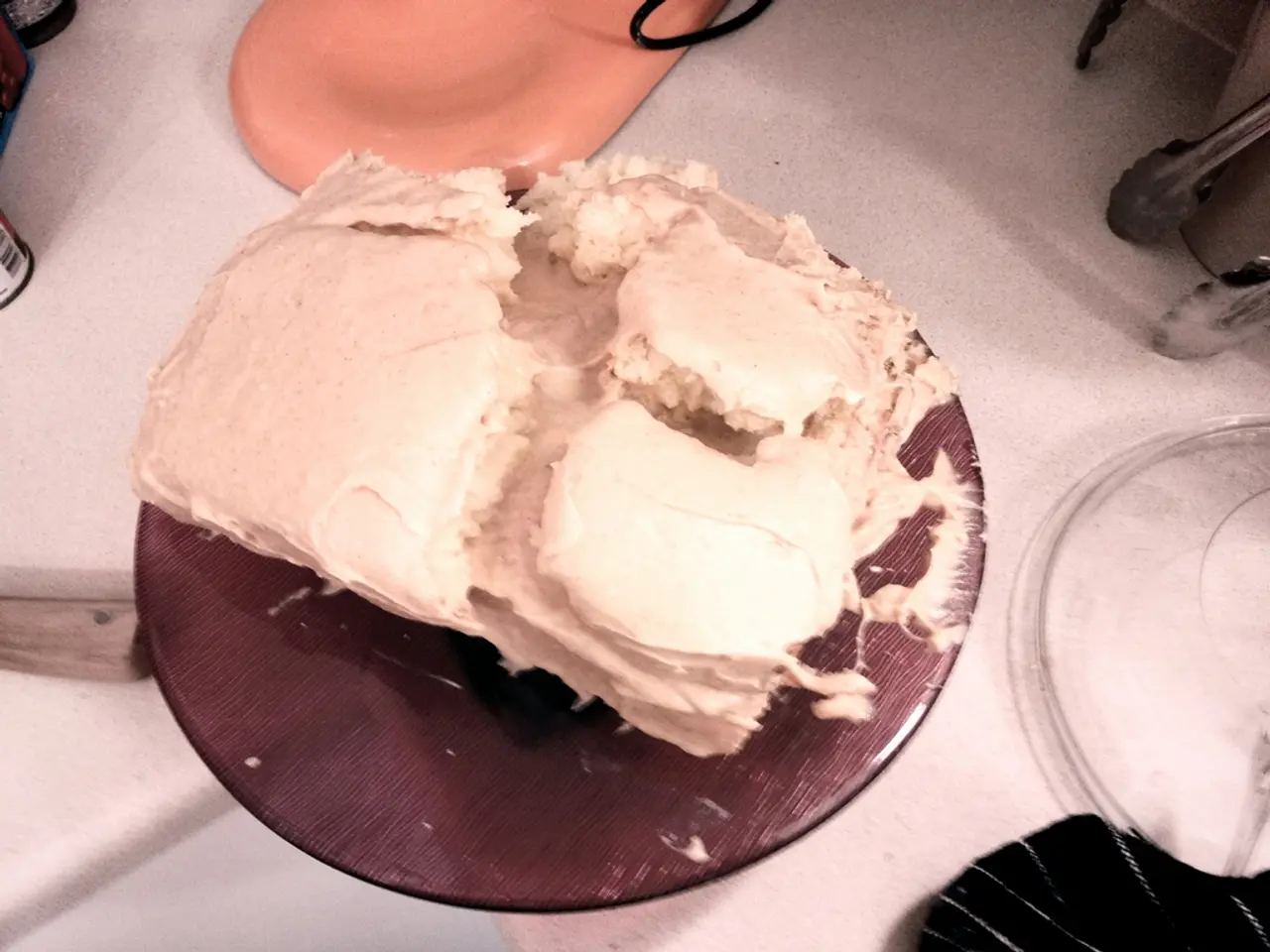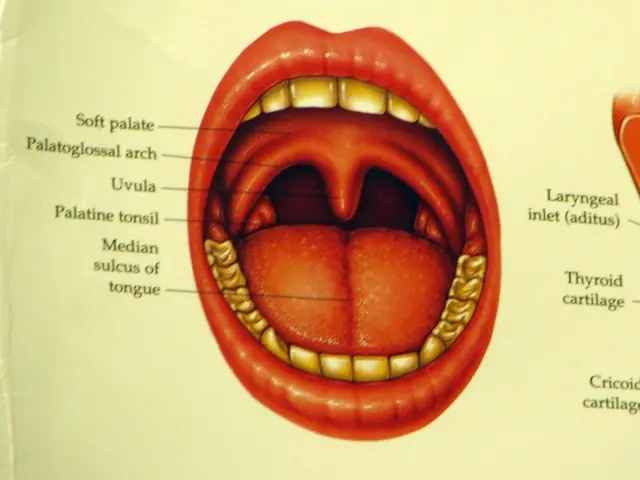Distinguishing Lice and Dandruff: Recognizing Characteristics, Appearances, and Manifestations
Lice and dandruff are two common hair and scalp conditions that often cause discomfort. While they share some symptoms, such as itching, they have distinct causes, treatments, and prevention methods.
Lice, caused by the infestation of tiny parasitic insects known as head lice, are a contagious condition that spreads through direct head-to-head contact or sharing personal items like hats and combs. Symptoms include intense scalp itching that worsens especially three to four weeks after infestation, visible signs of oval-shaped, yellowish-white lice and nits (lice eggs) attached to hair shafts, and potential skin irritation or secondary infections due to the itching.
On the other hand, dandruff is a non-contagious scalp condition caused by excessive shedding of dead skin flakes. Symptoms include white or yellow flakes on the scalp and hair, with itching but no insects. Dandruff can result from various dermatological factors such as dry or oily scalp, fungal overgrowth, stress, or the use of certain hair products. Unlike lice, dandruff does not cause visible parasites.
When it comes to treatment, lice require specialized insecticidal treatments using medicated shampoos or lotions containing permethrin or pyrethrin, combing out nits with a fine-toothed comb, washing personal items, and repeated treatment after seven to ten days to kill newly hatched lice. Dandruff, on the other hand, is treated with medicated shampoos containing ingredients like ketoconazole, selenium sulfide, zinc pyrithione, or coal tar, managing scalp oiliness and dryness, and lifestyle adjustments to reduce stress and avoid harsh hair products.
Preventing lice involves avoiding head-to-head contact, especially in crowded places like schools, not sharing combs, hats, scarves, or headphones with others, regular hair checks in children, and good personal hygiene. Dandruff prevention includes maintaining a balanced diet and managing stress, using gentle hair care products suitable to your scalp type, treating scalp dryness or oiliness appropriately, and regular washing of hair to remove flakes and prevent fungal overgrowth.
In conclusion, lice are a contagious parasitic infestation with insects visible on the scalp, requiring specialized insecticidal treatments and hygiene measures to prevent spread. Dandruff is a non-contagious scalp condition caused by skin flaking due to various dermatological factors, treated with medicated shampoos and scalp care. It is essential to differentiate between the two conditions to ensure proper treatment and prevention.
[1] American Academy of Dermatology. (n.d.). Head Lice. Retrieved from https://www.aad.org/public/diseases/a-z/head-lice-treatment [2] American Academy of Dermatology. (n.d.). Dandruff. Retrieved from https://www.aad.org/public/diseases/a-z/dandruff-and-seborrheic-dermatitis [3] Centers for Disease Control and Prevention. (2019). Head Lice. Retrieved from https://www.cdc.gov/parasites/lice/head/index.html
- A common health-and-wellness concern, bipolar disorder, is a medical-condition that affects one's mood, causing episodes of depression, mania, and sometimes mixed states.
- Another health issue in the science of medical-conditions is multiple sclerosis (MS), a progressive neurological disease affecting the central nervous system, often associated with symptoms like weak limbs, vision problems, and fatigue.
- In the realm of health-and-wellness, NSCLC, or non-small cell lung cancer, is a prevalent cancer primarily related to smoking, characterized by uncontrolled cell growth in the lungs.
- Regarding treatment for migraines, various medications such as non-steroidal anti-inflammatory drugs (ADs) and triptans can alleviate symptoms like severe headaches and nausea.
- For those dealing with multiple medical-conditions, such as asthma, skincare products free from harsh ingredients, like those marketed under skin-care brands, are recommended to minimize complications.
- When it comes to predictive health management for certain medical-conditions, such as multiple sclerosis, advancements in science provide promising techniques, like artificial intelligence, for early detection, symptom tracking, and potential treatments.
- While lice and dandruff are distinct haircare concerns, it's essential to be aware of other health-and-wellness issues, such as skin-care complications caused by lice infestations or poor haircare practices related to certain medical-conditions like seborrheic dermatitis, which can also cause dandruff-like symptoms.




